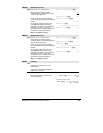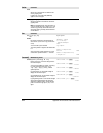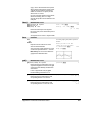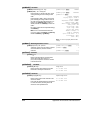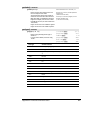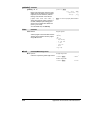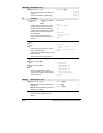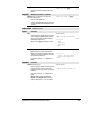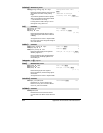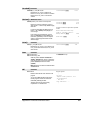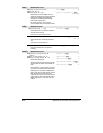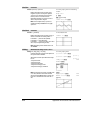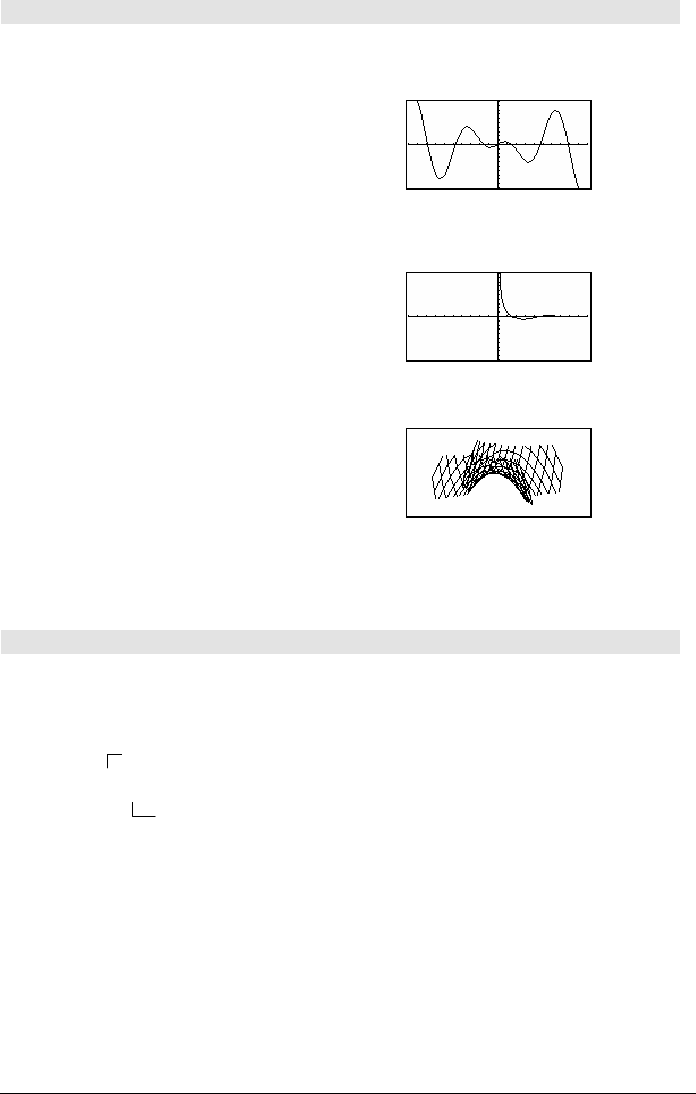
Appendix A: Functions and Instructions 829
Graph CATALOG
Graph
expression1
[,
expression2
] [,
var1
] [,
var2
]
The Smart Graph feature graphs the requested
expressions/ functions using the current graphing
mode.
Expressions entered using the
Graph or Table
commands are assigned increasing function
numbers starting with 1. They can be modified or
individually deleted using the edit functions
available when the table is displayed by pressing
† Header. The currently selected Y= functions
are ignored.
If you omit an optional
var
argument, Graph uses
the independent variable of the current graphing
mode.
Note: Not all optional arguments are valid in all
modes because you can never have all four
arguments at the same time.
In function graphing mode and
ZoomStd
window:
Graph 1.25aù cos(a),a ¸
In parametric graphing mode and ZoomStd
window:
Graph time,2cos(time)/time,time ¸
Some valid variations of this instruction are:
Function graphing
Graph
expr
,
x
Parametric graphing
Graph
xExpr
,
yExpr
,
t
Polar graphing
Graph
expr
, q
Sequence graphing Not allowed.
3D graphing
Graph
expr
,
x
,
y
Diff Equations graphing Not allowed.
Note: Use
ClrGraph to clear these functions, or
go to the Y= Editor to re-enable the system Y=
functions.
In 3D graphing mode:
Graph (v^2 ìw^2)/4,v,w ¸
4
44
4Hex MATH/Base menu
integer1
4
44
4Hex ⇒
⇒⇒
⇒
integer
Converts
integer1
to a hexadecimal number.
Binary or hexadecimal numbers always have a 0b
or 0h prefix, respectively.
256 4Hex ¸ 0h100
0b111100001111
4Hex ¸ 0hF0F
0b
binaryNumber
0h
hexadecimalNumber
Without a prefix,
integer1
is treated as decimal
(base 10). The result is displayed in hexadecimal,
regardless of the
Base mode.
If you enter a decimal integer that is too large for
a signed, 32-bit binary form, a symmetric modulo
operation is used to bring the value into the
appropriate range.
A binary number can have up to
32 digits. A hexadecimal number
can have up to 8.
Zero, not the letter O, followed by b or h.



